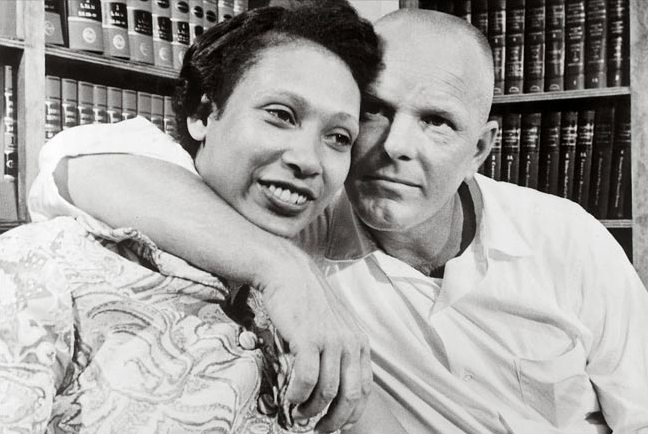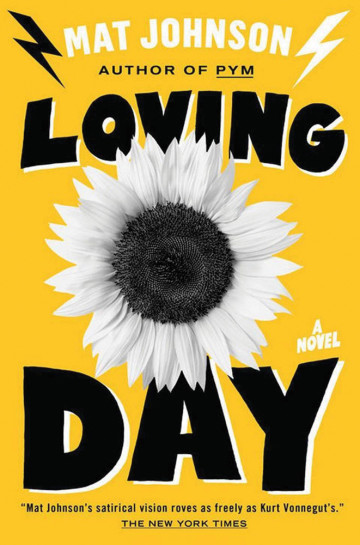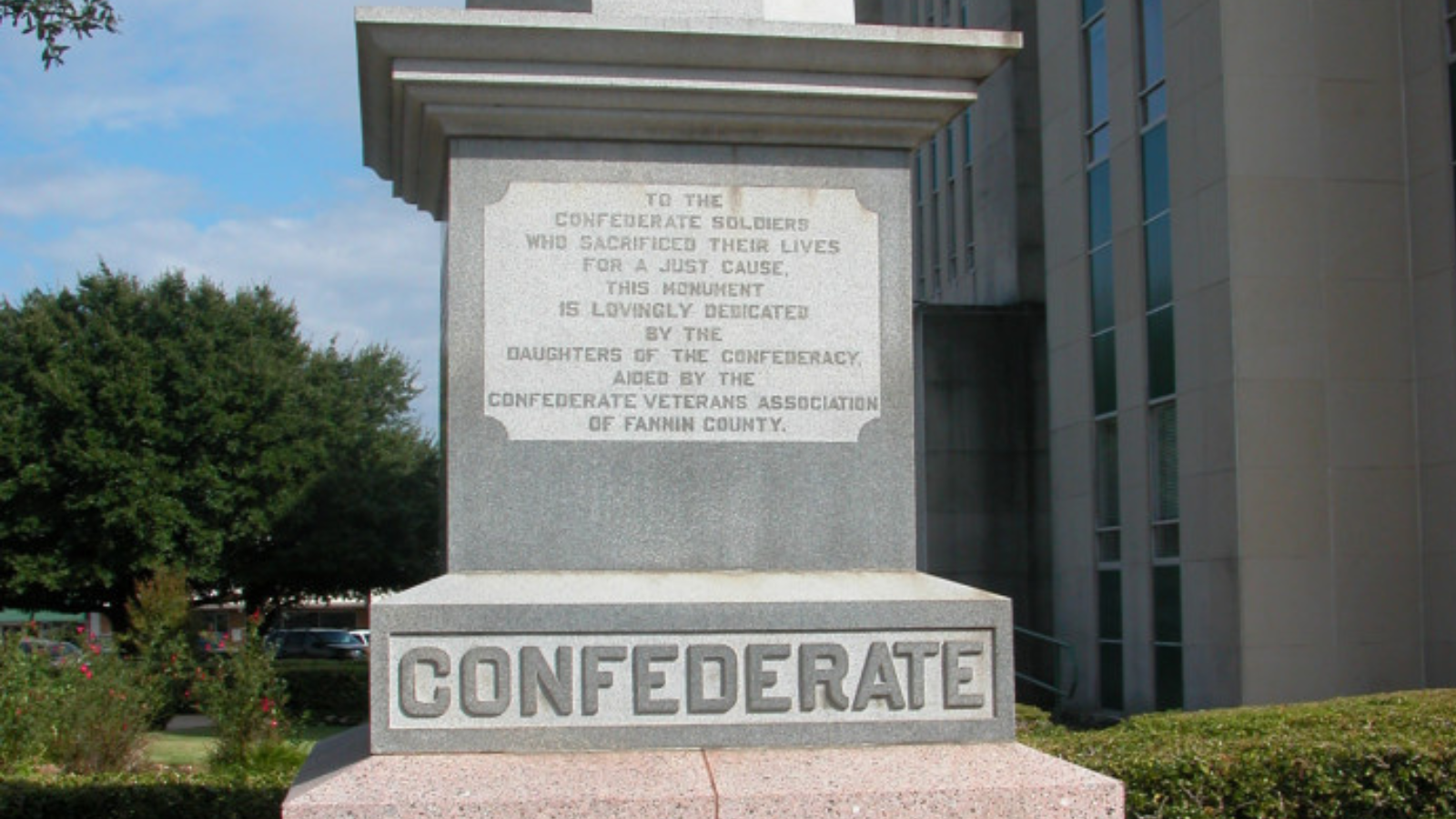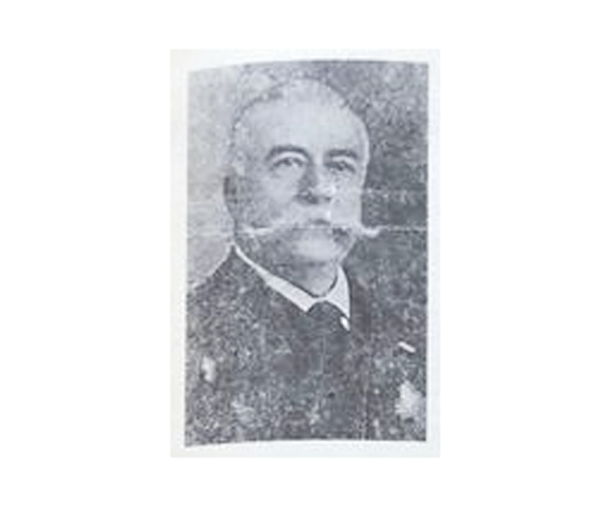
The Book Report: Loving Day Provides a Contemporary Look at Racial Identity
A version of this story ran in the August 2015 issue.
In his fourth novel, Mat Johnson exhibits a preoccupation with the past: with lineage, with inheritance, and maybe even with the ghosts of the first interracial couple. (Or are they just levitating crackheads?) But Loving Day is also very much a book about the present, especially in terms of race negotiations, from the micro scale of self-reflection to the broader stage of public demonstration.
The title reflects this double investment. Loving Day, observed on June 12, is a commemoration of the 1967 Supreme Court ruling in Loving v. Virginia, and a celebration of the end of U.S. laws against interracial marriage. (At the time of the decision, bans were still on the books in 17 Southern states, including Texas.) Loving Day was launched in 2004 by a graduate student named Ken Tanabe as part of his thesis in graphic design, and is now a major campaign linking local celebrations of multiracial and intercultural experience in the United States.
Most of the history lessons in Loving Day are of a more personal and fictional nature. When the novel opens, Warren Duffy is near rock bottom. He’s recently divorced, his career as a cartoonist has flopped, as has his comic book shop in Swansea, Wales, and he is badly in debt to a hostile and litigious ex-wife. He has exactly $1,103.86 in his bank account when he travels from England to Philadelphia to settle his recently deceased father’s affairs. Instead of a handy windfall to solve his pecuniary problems, Warren discovers that he has inherited an unsellable ruin of a mansion marooned in the midst of Philly’s historically black Germantown neighborhood, which Warren considers the ghetto. His father’s final real estate venture is so misguided that Warren can imagine redeeming it only by torching the mansion and collecting the insurance money. (That he actually pursues this plan is one of many farcical elements in Johnson’s plot, and a mark of Warren’s frayed psyche.)
Whatever its inconveniences, the half-burned and roofless structure gives Warren a place to work out his central concerns, which include the challenges of fatherhood, the fraught boundaries of race, the lure of utopia, and the desire for something like home. Johnson’s exploration of these themes is anything but tidy. Like the identity of its narrator, Loving Day often feels like a grand improvisation, swerving from father-daughter story to ghost tale to modern romance to social commentary. Binding these threads is Johnson’s smart and sometimes funny satire of racial politics in contemporary America, and his more earnest coming to terms with his own mixed-race identity.
Johnson, currently a professor in the University of Houston’s creative writing program, is the son of an African-American woman and an Irish-American man. We learn early on that the similarly pedigreed Warren identifies as black despite being saddled with a complexion “drained of melanin by three centuries of miscegenation with a final erasure courtesy of my father’s Irish seed.” And he proves a savvy and sardonic commentator on race: “The people who see me as white always will … The people who see me as black cannot imagine how a sane, intelligent person could be so blind not to understand this, despite my pale-skinned presence.”

By Mat Johnson
SPIEGEL & GRAU
$26; 304 pages
The Warren we meet at the novel’s opening has hardly come to terms with this identity, and his self-deprecation often centers on a sense of incomplete blackness. He describes himself as “a pale fail of a Negro” and notes that “feeling white … makes me feel robbed.” Given the mismatch between Warren’s skin and his sense of self, he finds that the best possible outcome of any new encounter is to be “categorized as black, with an asterisk. The asterisk is my whole body.”
Perhaps because of his fraught view of parentage, Warren has assiduously resisted becoming a father—a fact he regards as contributing to the implosion of his marriage. But his flight from fatherhood turns out to be a round-trip: Warren has been back in Philly for just one night when he learns that he has a teenage daughter, Tal. Their meeting takes place at a comics convention and is orchestrated by Tal’s maternal grandfather, who turns her over to Warren, saying, “This girl, I can’t handle her anymore. And Tal’s like you. She’s your people.”
Tal is Jewish and has no meaningful knowledge of her black identity. In their brief first exchange, Tal dismays Warren by declaring, “So, I’m a black,” and joking that she’ll have to start putting hot sauce on her food. Tal may be “casually racist,” but Warren is drawn to the blackness he sees in her and experiences an upsurge in hope and purpose. The same man who was unwilling to father a child when married readily accepts the job when faced with his newly discovered progeny. Suddenly Warren is all about taking responsibility. The new terms of his identity are father, provider, protector, mentor and—most important to the thematic core of Loving Day—co-explorer of racial identity.
Tal has dropped out of her private Jewish day school, so the first order of business is to re-enroll her somewhere else. This proves a challenge given the beleaguered state of Philadelphia’s public schools and Warren’s own dismal financial situation. After visiting an Afrocentric charter school where Tal is reprimanded for a too-European approach to dancing, father and daughter learn about the Mélange Center, a “mixed-race community organization” that turns out to be a compound of portable buildings illegally occupying a city park.
Part educational experiment, part commune and part cult, Mélange presents plenty to trigger Warren’s skepticism. But Tal is enthralled, so they join, and the satire heats up. The admissions test features items such as “Was O.J. Simpson guilty?” and “Name your black friends [minimum three].” The center offers “Balance” classes to help mixed-race people connect to all aspects of their racial identity.
The path to the novel’s conclusion follows twists related to real estate, drama in Warren’s relationships with Tal and with a beautiful Mélange hardliner named Sunita Habersham, alleged ghost sightings, and the mildly nefarious scheming of the center’s director, all of which culminate in the Mélange Center’s Loving Day celebration. So there’s a story here: Man returns home, discovers daughter, becomes father, finds love (or something similar), broadens notion of community, learns to embrace his mixed-race identity.
But the strength of Loving Day resides more in the narration than in the narrative. For all its thematic concern with recuperating marginalized histories, the novel is utterly contemporary, its present tense unfolding in the discontinuous “now” that permeates the world of tweets, YouTube comments and Facebook posts. Warren’s narration is at once reflective and performative—and it almost always comes flavored with a dose of irony. It’s a perfect voice for Loving Day’s fascinating and original look at race in America as an ongoing negotiation and performance—a dynamic that can be observed from afar, but must also be engaged.


